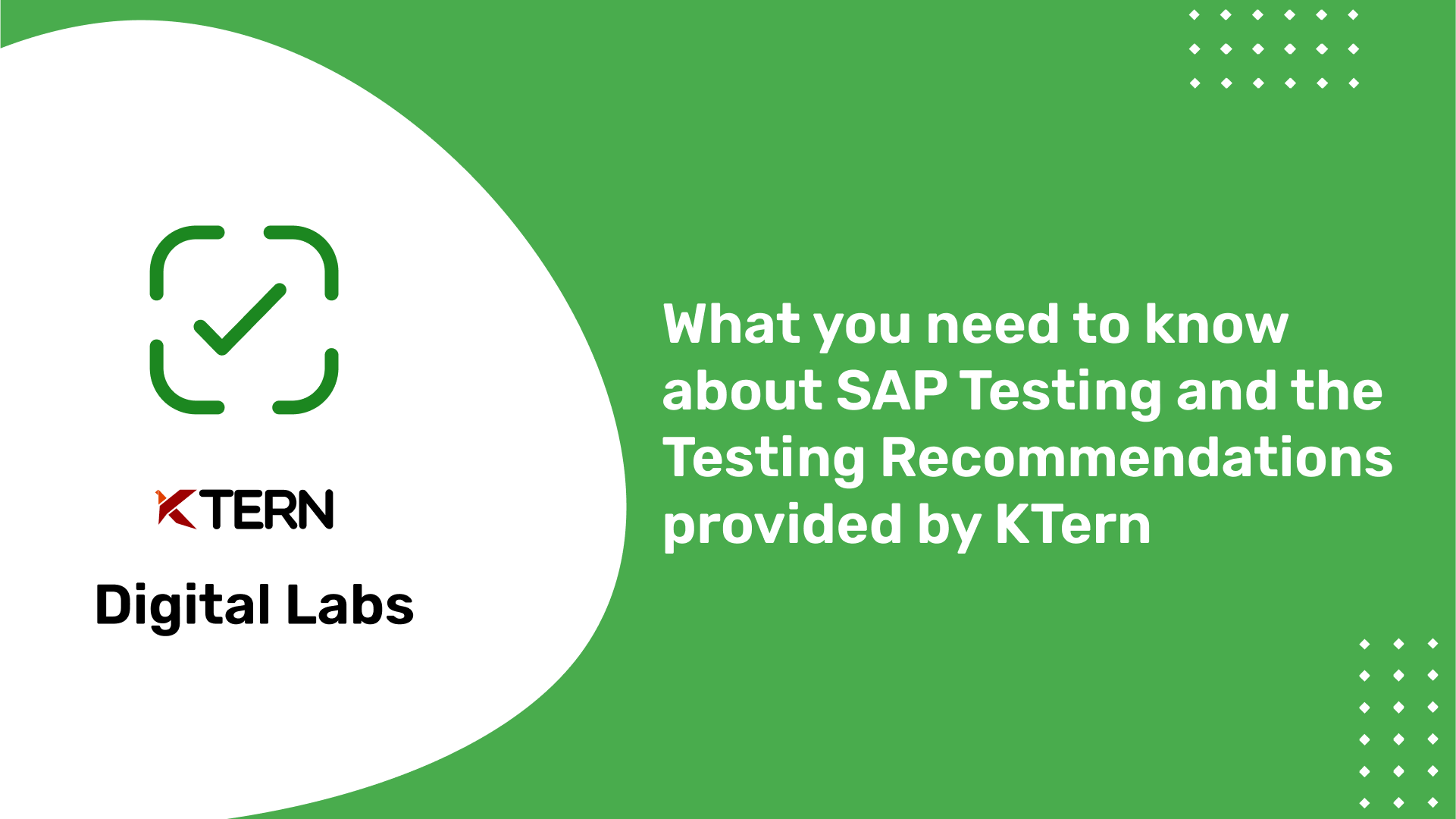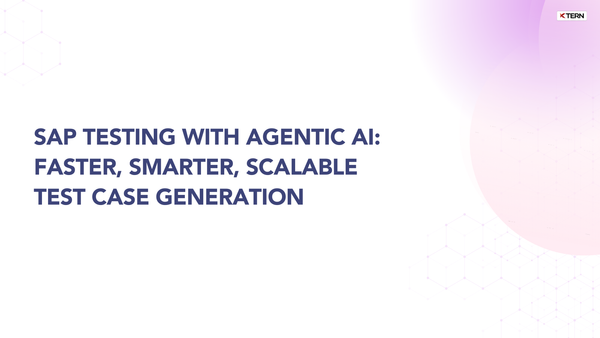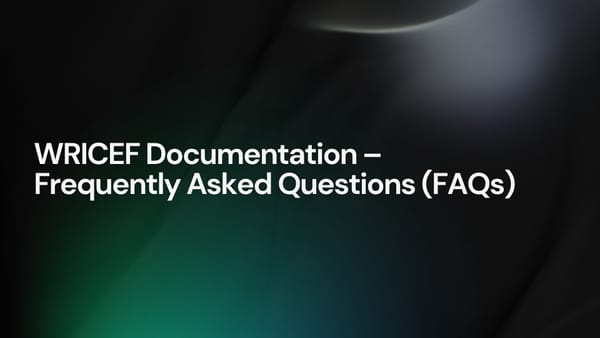What you need to know about SAP Testing and the Testing Recommendations provided by KTern.AI
Testing is one of the most crucial phases in an S/4HANA conversion. Yet, 72% of the companies depend on manual testing to verify changes in critical business processes. Manual testing is costly (representing over 30% of the typical SAP project budget), time-consuming, and not thorough and accurate enough to guarantee that critical risks will be exposed.
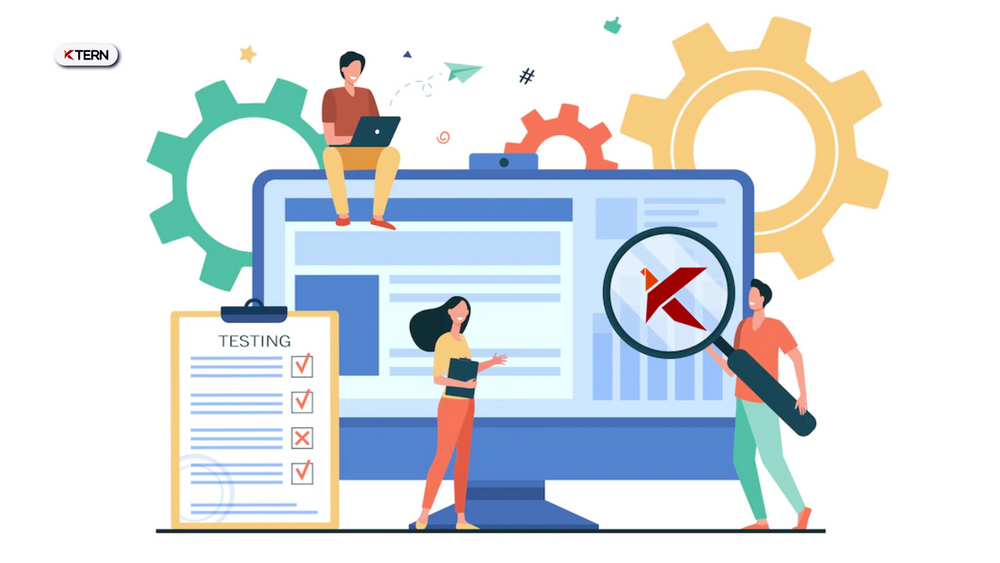
What makes manual testing so scary? Imagine you have just completed your sandbox conversion. After the conversion, you must deploy at least 30-40 testers to test each scenario and business process. This is a cumbersome task and takes 2-3 weeks of manual effort. The accuracy part of such manual testing scenarios can only be left anyone’s imagination. Now, this process must be repeated for the development conversion, quality conversion and production conversion as well. Sounds tiring, right? Is there a way to automate the testing process?
To meet quality standards when implementing continuous change, enterprises need a single tool which can not only ensure test automation, but also take care of test management, test execution, test tracking, and test collaboration. After all, choosing the right testing solution can remove the problems involved in testing. In this article, we will let you know about the KTern’s Test Case Recommendations feature and how it can help you in the Discover phase of the system conversion process.
In addition, you can find out everything you need to know about SAP S/4HANA Assessments using KTern in this article.
Table of contents
- Introduction
- Overview of SAP S/4HANA
- Know about SAP Testing
- SAP S/4HANA Test Lifecycle
- Problems in SAP S/4HANA Testing
- KTern’s Test Case Recommendations
- Features of KTern’s Test Case Recommendations
- Test Suite Catalog
- Test Suite Wizard
- Test Suite Dashboard
- Inferences out of Test Case Recommendations
- How is KTern’s Test Case Recommendations different from that of its competitors?
- Next Steps
Introduction
Testing is one of the most crucial phases in an S/4HANA conversion. Yet, 72% of the companies depend on manual testing to verify changes in critical business processes. Manual testing is costly (representing over 30% of the typical SAP project budget), time-consuming, and not thorough and accurate enough to guarantee that critical risks will be exposed.

Overview of SAP S/4HANA
SAP S/4HANA is short for SAP Business Suite 4 SAP HANA. It is the latest ERP (Enterprise Resource Planning) offering from SAP and is based on the SAP HANA in-memory database. It is designed to simplify and streamline business processes with features such as the Universal Journal, which serves as the single source of truth, and the new HANA database.
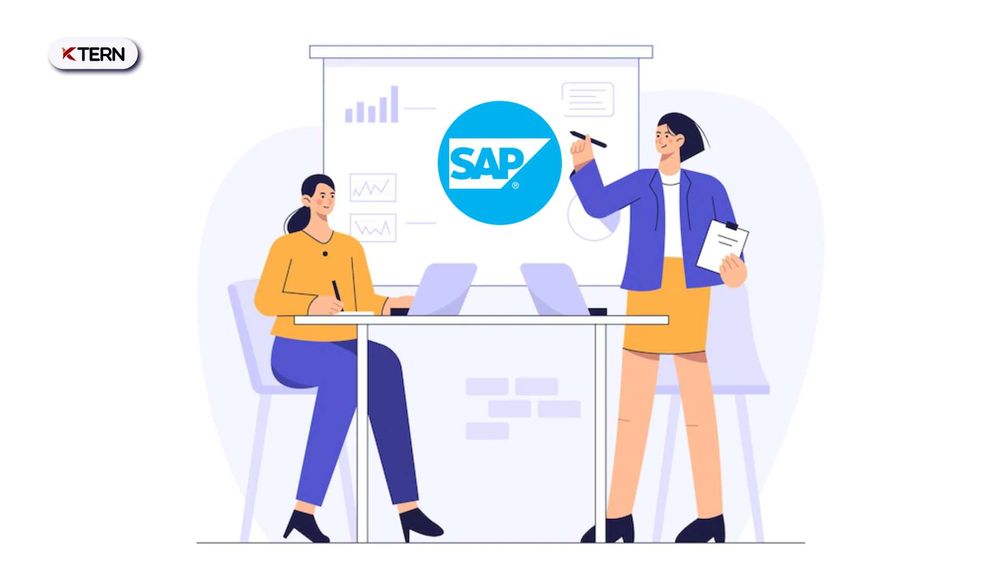
It also includes a merger of CO and FI, a new general ledger, and mandatory Business Partners. Other features include Real-time MRP, Global Trade Services, and Extended Warehouse Management. Additionally, it allows for a real-time analysis of business data, improved performance, and faster decision-making capabilities.
Overall, SAP S/4HANA is the next generation of SAP's business suite software that is optimized for the digital economy and is intended to replace SAP ECC.
Know about SAP Testing
SAP testing is the process of verifying and validating the SAP (Systems, Applications, and Products) software applications, modules, and components to ensure their functionality, reliability, performance, and security. It involves testing the SAP system's different aspects, such as business processes, user interfaces, data integrity, integration with other systems, and compliance with industry standards and regulations.
SAP testing is essential for organizations that rely on SAP software for their business operations to ensure that the software meets their requirements, performs as expected, and does not compromise their data security or regulatory compliance.
SAP testing can be done manually or using automated testing tools, depending on the testing objectives, budget, and complexity of the SAP system. SAP testing typically involves various types of testing, such as functional testing, performance testing, security testing, regression testing, and user acceptance testing.
In summary, SAP testing is crucial for ensuring the quality, reliability, and security of SAP software applications, modules, and components.
SAP S/4HANA Test Lifecycle
Testing is the process of verifying the functioning of S/4HANA with an intent to find out whether the ERP system meets the specified requirements. Testing is essentially a quality assurance process that ensures the correct operation of SAP S/4HANA before the project implementation Go-Live. Also, testing is not just restricted to the project implementation and project go-live phase. SAP S/4HANA is a new-generation ERP with regular updates and new releases. So, testing is necessary at each upgrade and therefore, customers must realize that SAP S/4HANA Testing is a continuous never-ending process.
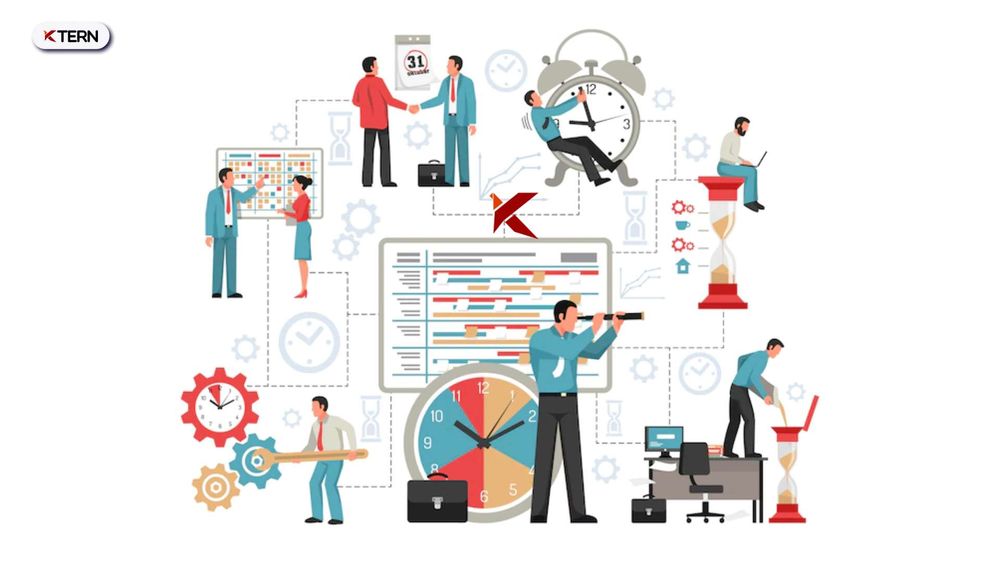
SAP recommends Activate methodology for S/4HANA Projects. Each phase of Activate has its own set of buzz words associated with it. For Discover, it is Value Scoping and Impact Study. Similarly, for Prepare it is Project Team Preparation and for Explore the words associated are Cutover Preparation and Design of the system. Coming to the Realize phase, the keyword associated is Testing, Testing, and only Testing.
As per the SAP Activate Methodology, the test lifecycle consists of three phases:
- Test Planning
- Test Preparation and Execution
- Test Validation
Problems in SAP S/4HANA Testing
In today’s digital world, SAP S/4HANA testing remains a great area of concern for both the business users and the business decision-makers.
Following are some of the major problems in S/4HANA testing:
- Poor documentation of testers
- Low degree of test automation
- Maintaining test audits
- Cost-benefit analysis of testing
KTern’s Test Case Recommendations
KTern.AI is an all-in-one product suite built for SAP Digital Transformations. With decades worth of SAP Tribal knowledge combined with automation, governance and collaboration capabilities, KTern is built to help the existing ECC customers migrate to S/4HANA. KTern covers the entire lifecycle and guides you before, during and after the conversion. Its inbuilt S/4HANAPEDIA rule engine combined with several modules eases the transition from SAP ECC to SAP S/4HANA.
KTern.AI helps enterprises reduce risks while accelerating the pace of business process innovation. With the industry’s most advanced SAP business process testing solution, KTern.AI helps enterprises effortlessly detect the impact of change on their critical business transactions.
KTern.AI analyzes the entire ECC landscape and automatically recommends the test scenarios and test cases which can be tested during the Realize phase. And the best part is, all these recommendations are available after the assessment itself. Hence, it can be used to calculate the effort and timeline for a S/4HANA conversion.
Features of KTern’s Test Case Recommendations
You should generate the test scripts during system conversion either manually or using tools available in the market. In addition, you should also select the appropriate business end-users to test the critical business scenarios.
Test Suite Catalog
- KTern automates most of the testing process in SAP S/4HANA conversion. As a result, KTern generates the recommendations for test cases and calculates the effort for various scenarios.
- KTern enables test scripts to be loaded by connecting KTern with an ECC system and running “Check Test Case Recommendations”.
- The Test Suite Catalog contains the results in a hierarchical manner as Plan, Scenario, and Test case. Each Plan can have “n” scenarios under it and in turn contain “n” test cases.
- Each plan, scenario and test case has a description, related module, testing type and priority assigned adjacent to it. Recommendations are provided based on Process Configurations and Customizations enabled in the system.
- Test Cases are recommended based on documents generated and business criticality.

The Test Catalog is part of the Test Suite Cockpit. In the Test Suite Cockpit, you can also import test cases from an excel sheet, perform integration testing, record test cases and schedule test cases for testing.
Test Suite Wizard
KTern provides the basic information on each test case in the test case wizard. It consists of the following basic information:
- The test plan and scenario to which the test case belongs
- The related functional module of the test case
- The Business Process of the test case
- Description of the test case
- Priority and test type
- The stakeholders assigned to each test case
- Files and Reference Notes
- Discussion Forum

Test Suite Dashboard
VVV Scoring
The VVV Scoring Dashboard covers the Volume, Value, and Velocity Analysis of the business per transaction usage and helps decide the critical business processes which must be tested. KTern analyzes each transaction for its value, volume (frequency of usage) and velocity and assigns a score between 1 and 50 with 1 being the lowest and 50 being the highest. This can be used to determine the critical business cases and assign priority for each test case.
Without the VVV dashboard, Project Managers and testers will be clueless as to which test cases and scenarios to test first. With KTern, Project Managers can prioritize the test cases and assign it to the testers for testing. They can prioritize the test cases based on business criticality. The test cases with a high VVV score should be tested first.

Inferences out of Test Case Recommendations
As discussed so far, KTern provides a detailed and comprehensive analysis of each test scenario and test case. Based on the information provided by KTern, you can plan your SAP S/4HANA system conversion with confidence.
You can easily estimate the required amount of time and effort for the conversion, the number of resources required etc. You can prioritize test cases based on the business criticality. The test cases with a high VVV score should be tested first.
KTern also provides the roadmap and effort for the S/4HANA system conversion based on the results from the test case recommendations.
How is KTern’s Test Case Recommendations different from that of its competitors?
There are several testing tools available in the market like HP ALM and Tricentis Tosca. They are used in the actual testing during the Realize phase of a S/4HANA conversion.
However, the differentiating factor of KTern is that it provides the test case recommendations in a span of few minutes depending on the number of transactions in the system. If the transactions and business processes in a system are less in number, then the assessment can be done in a few minutes. If there are a higher number of transactions, then it may take a few hours to complete the scan and display the results.
In addition, KTern provides a detailed analysis of each test case and specifies VVV score, usage frequency, priority, stakeholders and much more. KTern also specifies the functional module to which a particular test case belongs. All this will help in better decision making and planning the route to S/4HANA.
A Digital Transformation project is not dependent only on data and process flows alone. One of the critical factors for the success of any Digital Transformation project is the active collaboration of the stakeholders. And, KTern provides a single platform where everyone can collaborate and have a clear view of the happenings of the project. KTern saves the results from the test case recommendations and uses it for the actual testing during the Realize phase of the system conversion. Also, you can post it in the forum, assign stakeholders and collaborate.
An overview of the test suite - KTern.AI | Digital Labs
Next Steps
Now that you know how KTern provides the test case recommendations and the deductions you can make out of it, you might want to get a first-hand feel of KTern and its other features which help automate and govern SAP projects from start to finish. You can get started with the same at Demo. Alternatively, if you would like a guided demo of the product from one of our product engineers, kindly get in touch with us by submitting a message at Contact Us.

